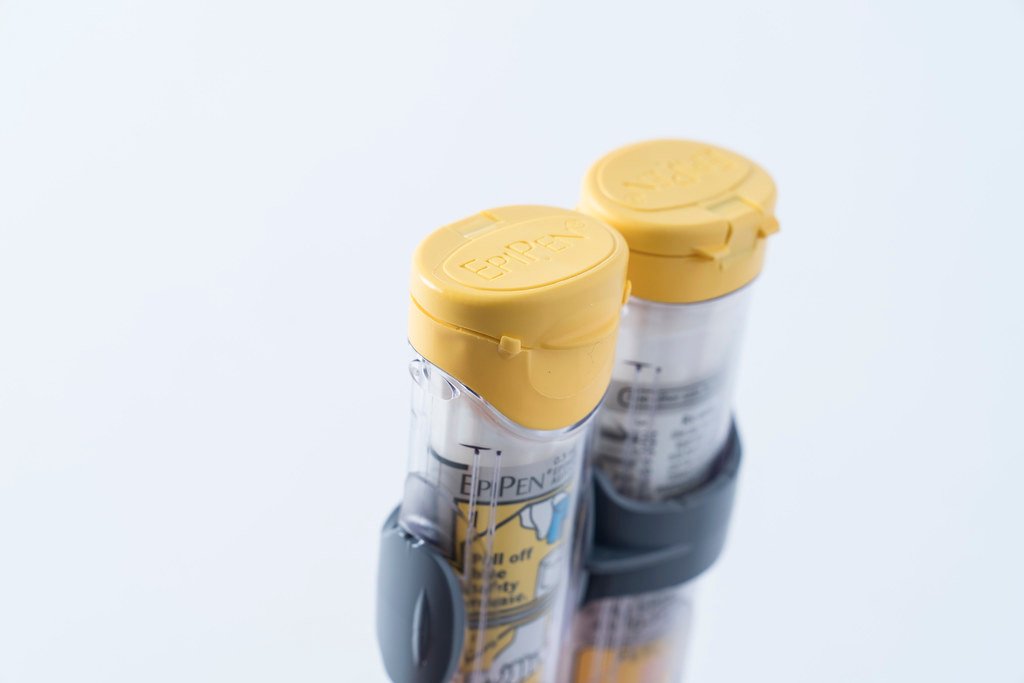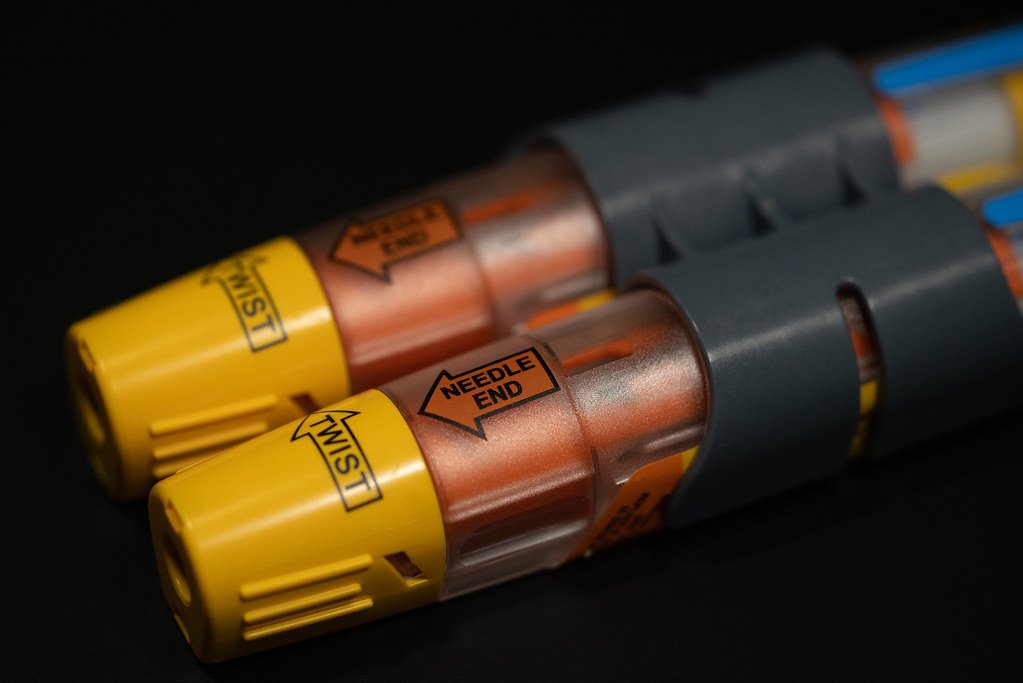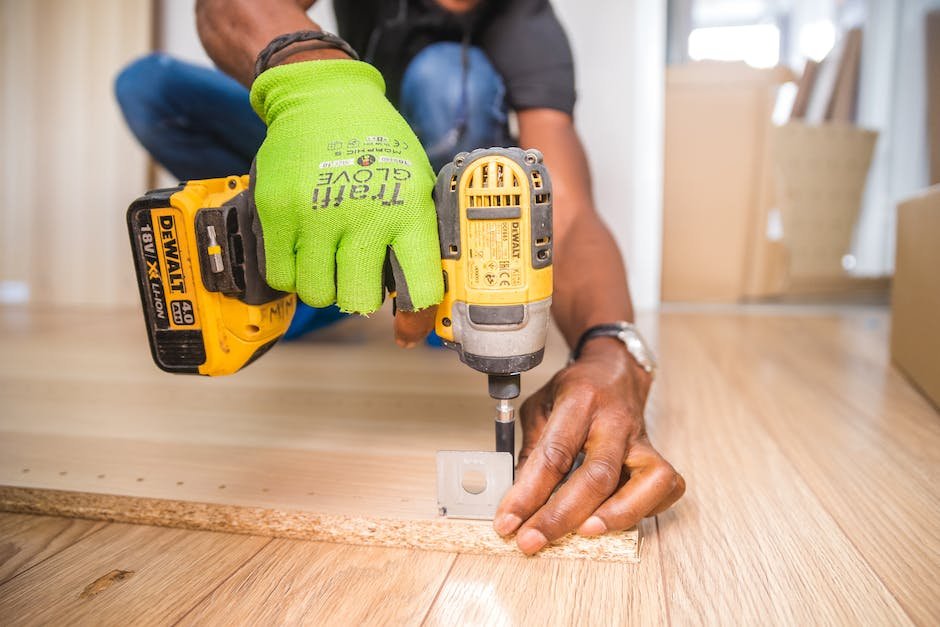Now Reading: How to Make Your Own DIY EpiPen
-
01
How to Make Your Own DIY EpiPen

How to Make Your Own DIY EpiPen
The world of pharmaceuticals can often seem shrouded in mystery, with price hikes and accessibility concerns leaving many feeling powerless. The recent controversy surrounding the skyrocketing costs of life-saving devices such as the EpiPen has only further fueled the frustration among those in need. However, in the spirit of empowerment and resourcefulness, enterprising individuals have taken it upon themselves to develop DIY alternatives to this vital tool. If you’re curious about crafting your own EpiPen from readily available materials, this guide will explore some potential homemade solutions, providing insight into this ever-evolving field of DIY medicine. So, roll up your sleeves, unleash your inner inventor, and let’s dive into the art of crafting your very own emergency epinephrine injector!
Table of Contents
- Introduction: The Importance of Accessible and Affordable Epinephrine Auto-Injectors
- Analyzing the Risks and Limitations of DIY EpiPen Alternatives
- Understanding the Science Behind Epinephrine and its Administration
- Essential Ingredients and Supplies for Creating a Homemade EpiPen
- Step-by-Step Guide: Crafting Your DIY Epinephrine Auto-Injector with Safety Precautions
- Q&A
- Concluding Remarks

Introduction: The Importance of Accessible and Affordable Epinephrine Auto-Injectors
Access to life-saving medicine is a fundamental right that should be available to everyone. When it comes to severe allergic reactions or anaphylaxis, time is of the essence, and having immediate access to epinephrine auto-injectors can make all the difference. These devices, commonly known as EpiPens, contain a crucial dose of epinephrine to counteract the dangerous symptoms that can arise from allergen exposure. Unfortunately, the rising costs of these auto-injectors have posed a barrier to accessibility for many individuals who need them.
In recent years, the skyrocketing prices of epinephrine auto-injectors have garnered significant attention. The implications of this issue are far-reaching, as it affects not only allergic individuals but also their families, schools, and communities. The lack of access to affordable auto-injectors puts the lives of millions at risk. It’s essential to address this problem to ensure that everyone has the opportunity to possess these life-saving devices and minimize the devastating consequences of an allergic reaction.
- Access to affordable epinephrine auto-injectors promotes inclusivity and equality in healthcare.
- The high costs of these devices create financial burdens for families, limiting their ability to protect loved ones.
- Lack of accessibility can hinder effective emergency response in public spaces and schools.
Addressing the issue of epinephrine auto-injector accessibility is not only a matter of affordability but also an imperative step towards creating a safer and more inclusive society. It is vital that efforts are made to ensure these life-saving devices are widely available and financially accessible to all who need them.

Analyzing the Risks and Limitations of DIY EpiPen Alternatives
When it comes to finding a cost-effective alternative to the expensive EpiPen, many individuals turn to DIY solutions as a potential option. While the intention behind these alternatives is admirable, it is essential to carefully assess the risks and limitations associated with taking matters into your own hands.
Risks:
- Safety: DIY solutions may not undergo the same rigorous testing and quality control measures as FDA-approved medications, exposing users to potential risks.
- Effectiveness: The effectiveness of DIY alternatives may vary greatly compared to EpiPens. It is crucial to understand that allergies can quickly become life-threatening, and relying on an unproven solution could have severe consequences.
- Reliability: Without standardized production processes or regulated ingredients, DIY alternatives may lack consistency and reliability.
Limitations:
- Accuracy: DIY alternatives may not deliver the precise dosage required during an allergic reaction, increasing the potential for an inadequate or excessive response.
- Training and Know-How: Administering epinephrine requires proper training and an understanding of an individual’s specific medical condition. DIY alternatives may not provide the necessary guidance and expertise.
- Legal Implications: In some jurisdictions, creating and using DIY alternatives may breach regulations and lead to legal consequences.
While DIY EpiPen alternatives may be appealing due to their lower cost, it is crucial to consider the risks and limitations associated with these makeshift solutions. Before making any decisions, consulting with a healthcare professional is strongly recommended to ensure the safety and well-being of individuals facing severe allergic reactions.
Understanding the Science Behind Epinephrine and its Administration
Epinephrine, also known as adrenaline, is a powerful hormone and neurotransmitter that plays a crucial role in the body’s response to stress and emergencies. It is naturally produced by the adrenal glands and is responsible for increasing heart rate, dilating airways, and constricting blood vessels. Through this intricate mechanism, epinephrine prepares our bodies to take on extraordinary challenges.
Administering epinephrine is a precise process that requires careful consideration. Here are some key points to understand about the science behind epinephrine administration:
- Mode of Action: Epinephrine acts on specific receptors in the body, primarily targeting beta-1, beta-2, and alpha-1 receptors. Activation of these receptors leads to various physiological responses, such as increased heart contractility, bronchodilation, and vasoconstriction.
- Indications: Epinephrine is commonly used in treating severe allergic reactions, known as anaphylaxis, as it rapidly counteracts the life-threatening symptoms. It is also a vital component in the management of cardiac arrest, asthma attacks, and certain types of shock.
- Administration: Epinephrine can be administered via different routes, including intramuscular injection, intravenous infusion, or autoinjector devices. The appropriate dosage and route depend on the specific condition being treated, the patient’s weight, and medical direction.
- Safety Considerations: While epinephrine administration can be life-saving, it is essential to address potential side effects, such as increased heart rate, tremors, anxiety, and hypertension. Proper training in recognizing and managing these effects is crucial for healthcare providers.
Understanding the underlying science of epinephrine and its administration allows medical professionals to make informed decisions and provide the best care for patients. It is a testament to the intricacies of our own physiology and the life-saving potential of this remarkable hormone.
Essential Ingredients and Supplies for Creating a Homemade EpiPen
When it comes to health emergencies, having a reliable and accessible EpiPen can be a lifesaver. While we strongly encourage everyone to consult with a medical professional for proper treatment and advice, we understand that in certain situations, you might need an alternative solution. Please note that homemade alternatives should only be considered in extreme cases where access to a commercially manufactured EpiPen is not possible. Here’s a list of essential ingredients and supplies you would need:
- 1. Epinephrine Solution: Pure epinephrine solution is the key component of an EpiPen and should only be administered by healthcare professionals. Attempting to produce your own could be extremely dangerous. Consult a pharmacist for options or alternative solutions.
- 2. Auto-Injector Housing: The housing of an EpiPen is where the epinephrine solution is stored and the device is activated. It contains a spring-loaded needle mechanism that delivers the medication. It is not recommended to create your own auto-injector housing, as it requires precise engineering and expertise.
- 3. Trigger Mechanism: The trigger mechanism initiates the injection process. It is a critical component that ensures the safe and effective delivery of epinephrine. Designing your own trigger mechanism without professional guidance is strongly discouraged.
- 4. Needle: The needle pierces the skin and delivers the epinephrine solution into the muscle. Using homemade needles can pose serious health risks and may result in injury or infection.
- 5. Proper Medical Training: No matter the circumstances, having proper medical training is indispensable. It is crucial to familiarize yourself with first aid techniques, recognize signs of severe allergic reactions, and know when to seek professional medical help.
Remember, the creation of a homemade EpiPen should only be considered as a last resort and should never replace professional medical care. The risks involved in using homemade devices can be severe and life-threatening. Prioritize your well-being and consult a healthcare professional for guidance regarding allergic reactions and the appropriate treatment options available.
Step-by-Step Guide: Crafting Your DIY Epinephrine Auto-Injector with Safety Precautions
Ensuring your safety and well-being is of utmost importance, especially when it comes to managing severe allergic reactions. While commercial epinephrine auto-injectors are readily available, crafting your own DIY version can offer convenience and cost-effectiveness. However, it is crucial to follow these step-by-step instructions with strict adherence to safety precautions.
Gather the Necessary Materials:
- An empty, sanitized hollow pen injector
- A vial of epinephrine solution (prescribed by a healthcare professional)
- Cotton balls or swabs
- Alcohol wipes
- A small screwdriver or similar tool for disassembly
Prepare Your Workspace:
Begin by finding a clean, well-lit area to work in. Ensure your hands are thoroughly washed and dried before handling any materials. Lay out all the required items on a sterilized surface, clearing any clutter that could hinder your progress.
Constructing the DIY Epinephrine Auto-Injector:
- Start by removing the cap from the hollow pen injector, being cautious of any sharp edges.
- Using the screwdriver or tool, gently separate the pen injector into its main components: the barrel, plunger, and needle.
- Take the vial of prescribed epinephrine solution and carefully remove the protective cap.
- Attach the needle to the barrel of the pen injector, ensuring it is securely fastened.
- Slowly draw the prescribed dosage of epinephrine into the barrel using the plunger.
- Double-check that the needle is tightened, and carefully replace the cap on the pen injector.
Remember: Before using your DIY epinephrine auto-injector, it is essential to consult with a healthcare professional to determine the proper dosage and usage instructions for your specific needs. Additionally, be sure to periodically check the expiration date of the epinephrine solution and replace it as necessary to maintain its effectiveness.
Q&A
Can I make my own DIY EpiPen?
Absolutely not! Making your own DIY EpiPen is incredibly dangerous and highly discouraged. The risks involved are serious and potentially life-threatening. Always obtain medically approved devices from licensed professionals.
Why is making a DIY EpiPen dangerous?
Creating your own EpiPen greatly increases the chances of improper dosage, contamination, and ineffective results. These devices need to be made with precision and undergo extensive testing to ensure their reliability and safety.
Are there any risks associated with using a homemade EpiPen?
Yes, there are numerous risks associated with using a homemade EpiPen. The lack of professional oversight can result in incorrect medication dosage, inefficient injection, or the absence of necessary safety features, putting your health or the health of others at risk.
What are the potential consequences of using a DIY EpiPen?
Using a DIY EpiPen can lead to severe allergic reactions, anaphylaxis, or even death. This is not a situation where experimentation or improvisation is safe or recommended. It is crucial to rely on approved medical devices and professional guidance.
How can I ensure proper treatment for anaphylaxis without an EpiPen?
If you don’t have access to an EpiPen, the best course of action is to seek immediate medical help. Call emergency services or head to the nearest hospital. Professionals will have the necessary resources and expertise to manage anaphylaxis professionally and effectively.
Why should I trust licensed professionals and approved medical devices?
Licensed professionals undergo extensive training and possess the knowledge required to assess your specific situation accurately. Approved medical devices such as EpiPens have undergone rigorous testing to ensure proper dosing and reliability, ensuring the greatest chance of a positive outcome in an emergency.
Concluding Remarks
As we conclude this riveting journey into the world of DIY solutions, we hope you found this article both informative and thought-provoking. Delving into the realm of self-sufficiency, we explored the perplexing question of creating your own EpiPen, a topic that demands thorough contemplation.
While the notion of a homemade EpiPen may have ignited a sense of curiosity, it is of paramount importance to emphasize that safety should always take precedence. The complexity of this medical device cannot be underestimated, and the risks associated with its incorrect use are significant. In light of this, we strongly advise consulting a medical professional or expert before embarking on any DIY medical devices.
Remember, this article sought to shed light on the ingenious ingenuity of those who dare to tread uncharted territories of improvisation. The aim was simply to stimulate discussion and encourage critical thinking about our current reliance on expensive medical solutions.
As we bid adieu, we invite you to explore other captivating topics within the realm of DIY innovation. There are copious opportunities awaiting those who dare to imagine and push the boundaries of convention. Let this exploration inspire you to think outside the box while never compromising your safety or that of others.
In the ever-evolving landscape of medical advancements, it is crucial to maintain an open mind, while always recognizing the importance of professional expertise. Unleash your creativity responsibly and continue to marvel at the wonders of human ingenuity. Until our paths cross again, keep dreaming, keep creating, and keep embracing the journey of discovery. Safe travels!
As an affiliate, my content may feature links to products I personally use and recommend. By taking action, like subscribing or making a purchase, you’ll be supporting my work and fueling my taco cravings at the same time. Win-win, right?
Want to read more? Check out our Affiliate Disclosure page.





